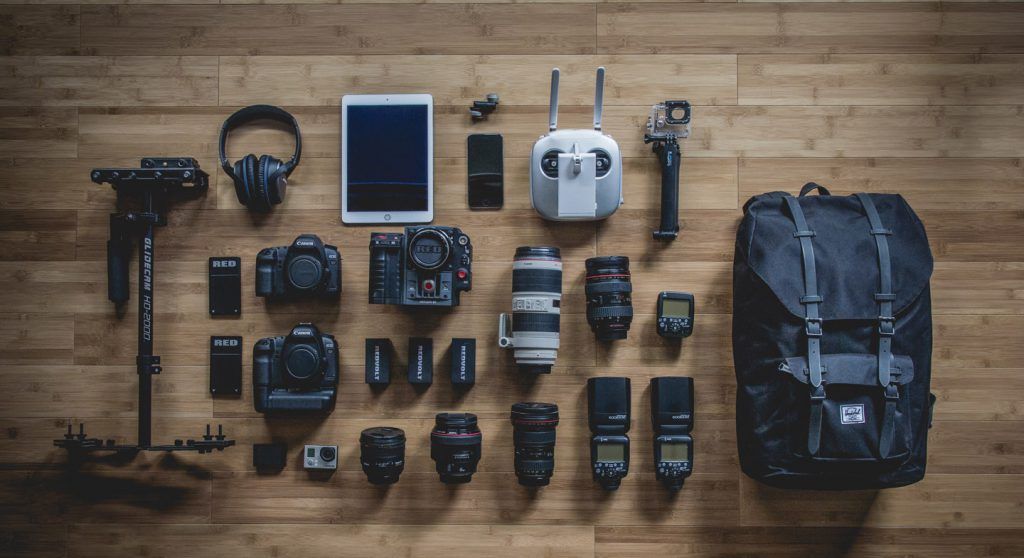
The chicken hasn’t done many reviews, we can’t normally get our claws around the buttons, but this week is different. We are reviewing the ProRes 422 recorder from Atamos; the Ninja.
First off I should say that we bought an Atamos Ninja, but only had it for a very short time. We were I think almost the first chickens in the UK to have a Ninja, and we bought it because we were in the middle of shooting a series of films for the Scottish Council for Law Reporting, using the Canon 5D Mk2. Now the 5D produces wonderful pictures (especially in the hands of DOP Dave Miller and with the addition of a set of Zeiss prime lenses) but the post production work flow is quite complicated.
The Canon produces files in the H.264 codec, which isn’t handled particularly well by Final Cut Pro. Up to now we have been undertaking what is the recognised workflow for cutting 5D footage in FCP. We take the files into Final Cut and convert them to ProRes 422. It works but it is an extraordinarily slow process.
Then we heard about the Ninja. Originally it promised that you could take the HDMI output from the camera directly into the Ninja, bypassing the compression placed on the footage by the camera, and record straight into one of the three ProRes 422 codecs, that the Ninja supports. You can then take those files straight into FCP. Fantastic we thought – sounds the business – so we bought one.
It arrived, and came out of the box. It’s a great box, and the Ninja itself is sturdy and incredibly easy to use. It comes with two batteries and a touch screen with only three or four buttons. The fact that it was easy to use was just as well, because it didn’t come with any instructions. However after a few minutes we got it up and running, and did a test.
It doesn’t work with the 5D. The 5D, when recording, doesn’t provide a clean feed through the HDMI cable. If you put a recorder such as the Ninja at the end of the HDMI cable the 5D output keeps the focus box on the image all the time, so you end up recording your image straight into the Ninja, perfect for editing, but with the focus box on it.
Except even the image the Ninja records isn’t usable. And this has nothing to do with the Ninja. It turns out that the output from the 5D (or any of Canon’s DSLRs) through the HDMI cable isn’t a lovely uncompressed raw image; it is actually only 1380 x 700 (although some blogs claim –I think wrongly – that’s it’s even less than that.) I have no idea why Canon has set all its cameras up like that, but it has!
So – to sum up the Ninja; potentially a great bit of kit; it’s sturdy, easy to use and does what it says on the box – unless you are using a 5D. To be fair to Atamos, since we bought one they have changed their website to flag up this point, and maybe we were just too keen. We did get it almost the day it was released. But for us it’s back to the old, slow way of preparing 5D footage!
